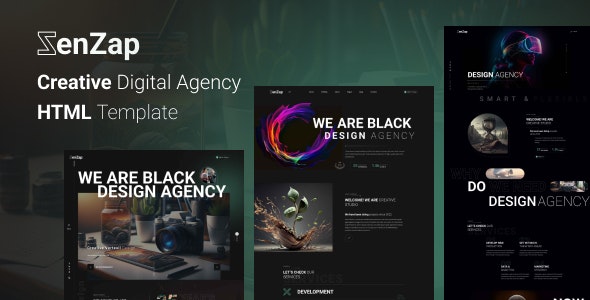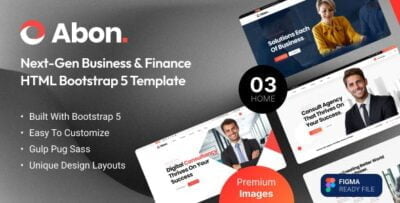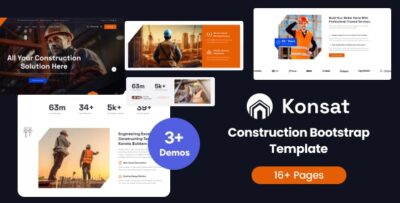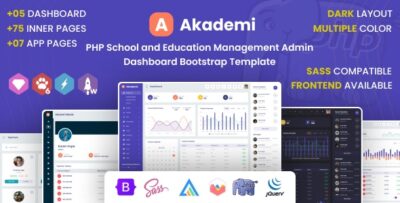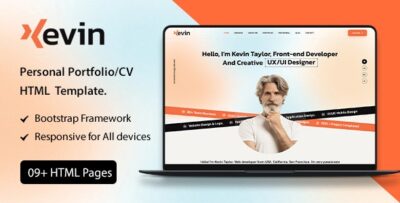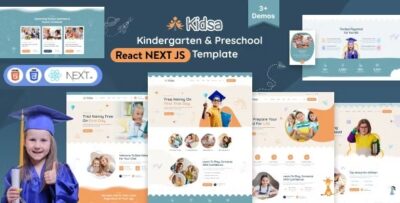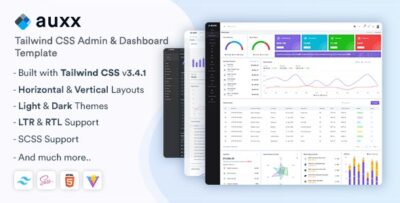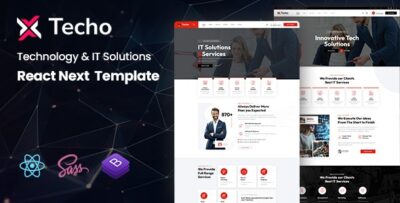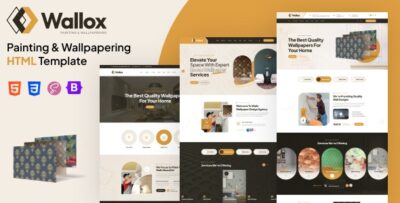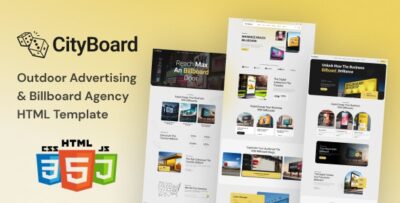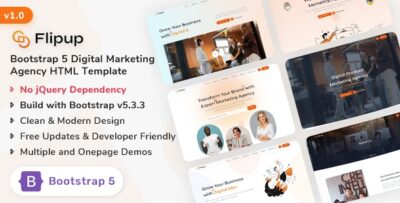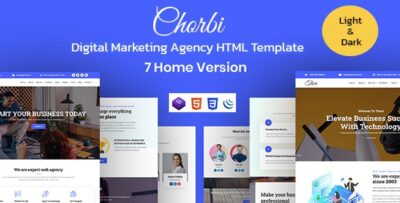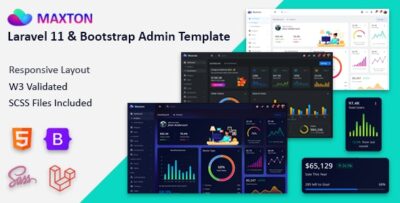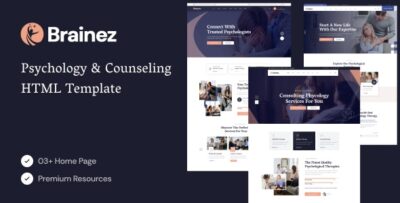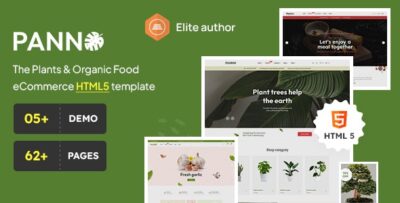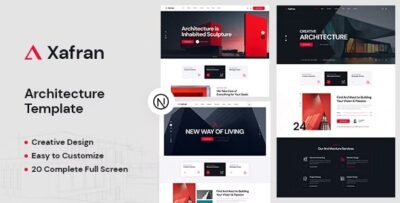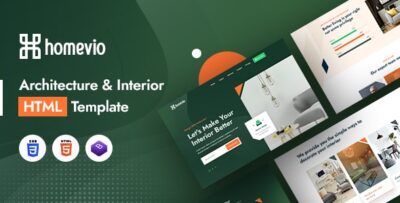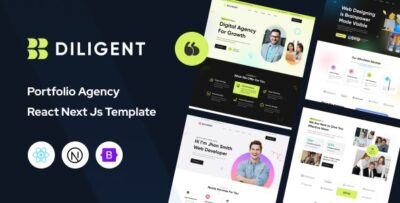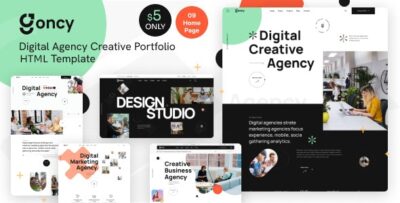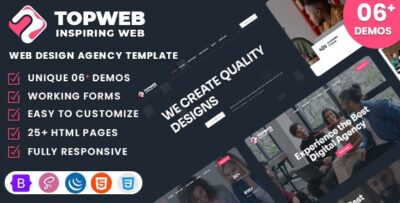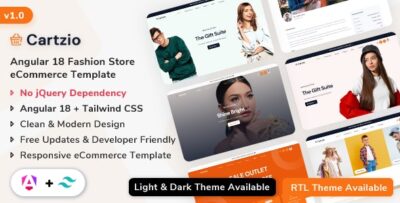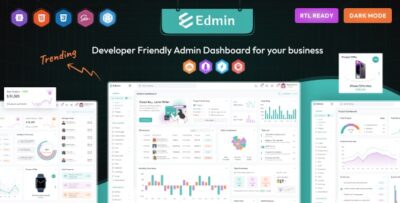It sounds like you’re looking for information about the ZenZap HTML template for a creative digital agency. While I don’t have access to specific templates or their content, I can offer some general insights into what you might expect from such a template and how you could use it effectively.
Typical Features of a Creative Digital Agency HTML Template
- Modern Design: Expect a sleek and contemporary design with a focus on visuals. This includes high-quality images, bold typography, and a clean layout.
- Responsive Layout: The template should be mobile-friendly and adapt to various screen sizes, ensuring a good user experience across devices.
- Pre-Built Sections: Common sections include:
- Homepage: Eye-catching introduction, services overview, and a call-to-action (CTA).
- About Us: Information about the agency’s mission, vision, and team.
- Services: Detailed descriptions of the services offered, often with icons or illustrations.
- Portfolio/Gallery: Showcase of previous work or case studies, usually with filtering options.
- Contact Us: Form for inquiries, contact details, and possibly a map.
- Customization Options: Look for easy customization features, such as a drag-and-drop builder or a straightforward way to modify colors, fonts, and layouts.
- Interactive Elements: Integration of interactive elements like sliders, hover effects, and animations can enhance user engagement.
- SEO Optimization: Built-in SEO features or best practices to help your site rank better in search engine results.
- Cross-Browser Compatibility: The template should work well across different web browsers to ensure a consistent user experience.
- Documentation and Support: Good templates come with comprehensive documentation and support options to help you with setup and customization.
Tips for Using the ZenZap Template
- Define Your Brand Identity: Before customizing, ensure you have a clear understanding of your brand’s color scheme, typography, and messaging to align with the template’s design.
- Optimize Content: Use high-quality images and compelling copy to make the most of the template’s features.
- Test Responsiveness: Make sure to check how your site looks and functions on different devices and screen sizes.
- Leverage SEO Tools: Use any built-in SEO features to improve your site’s visibility.
- Regular Updates: Keep the template and any associated plugins updated to ensure security and performance.
